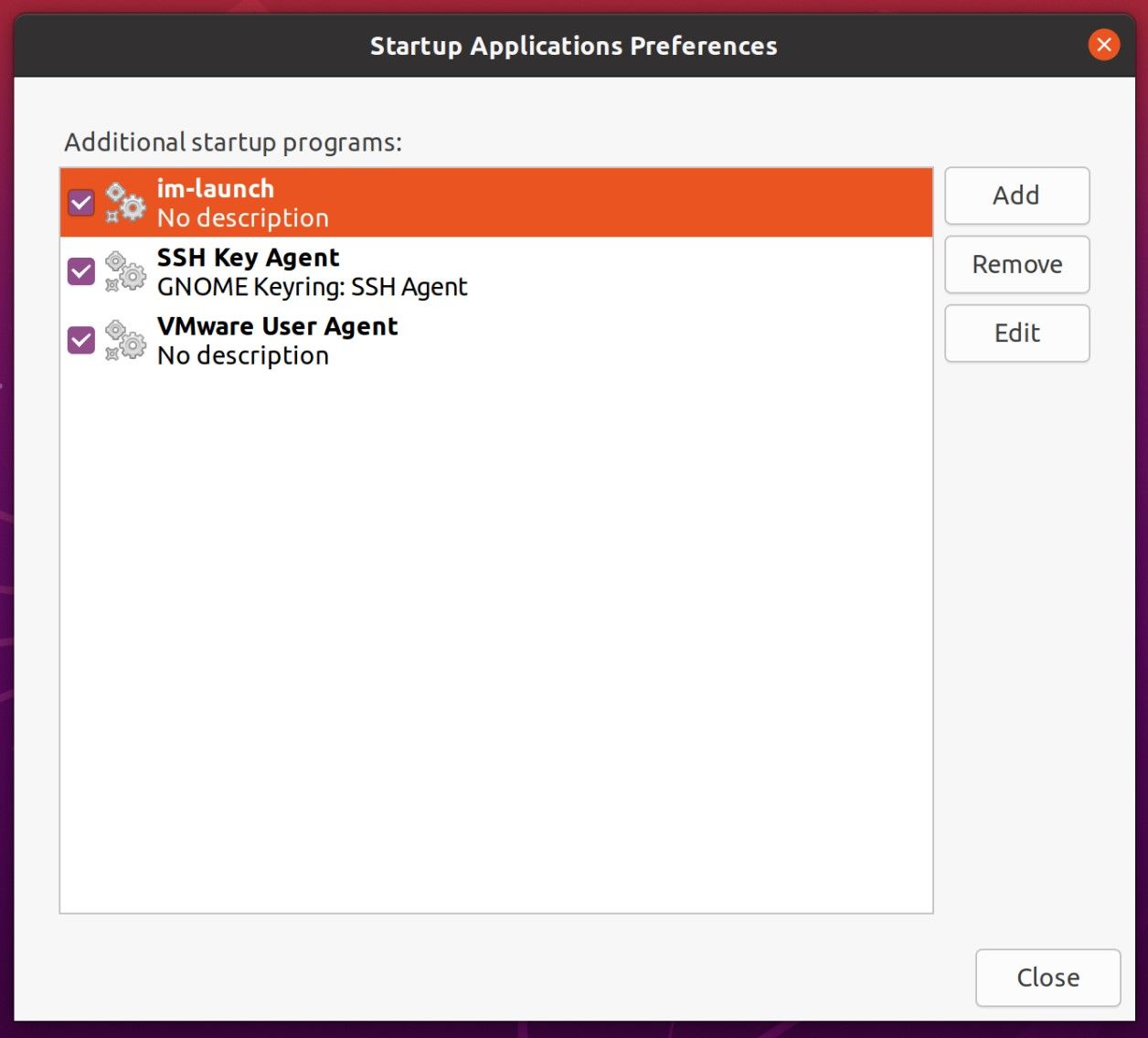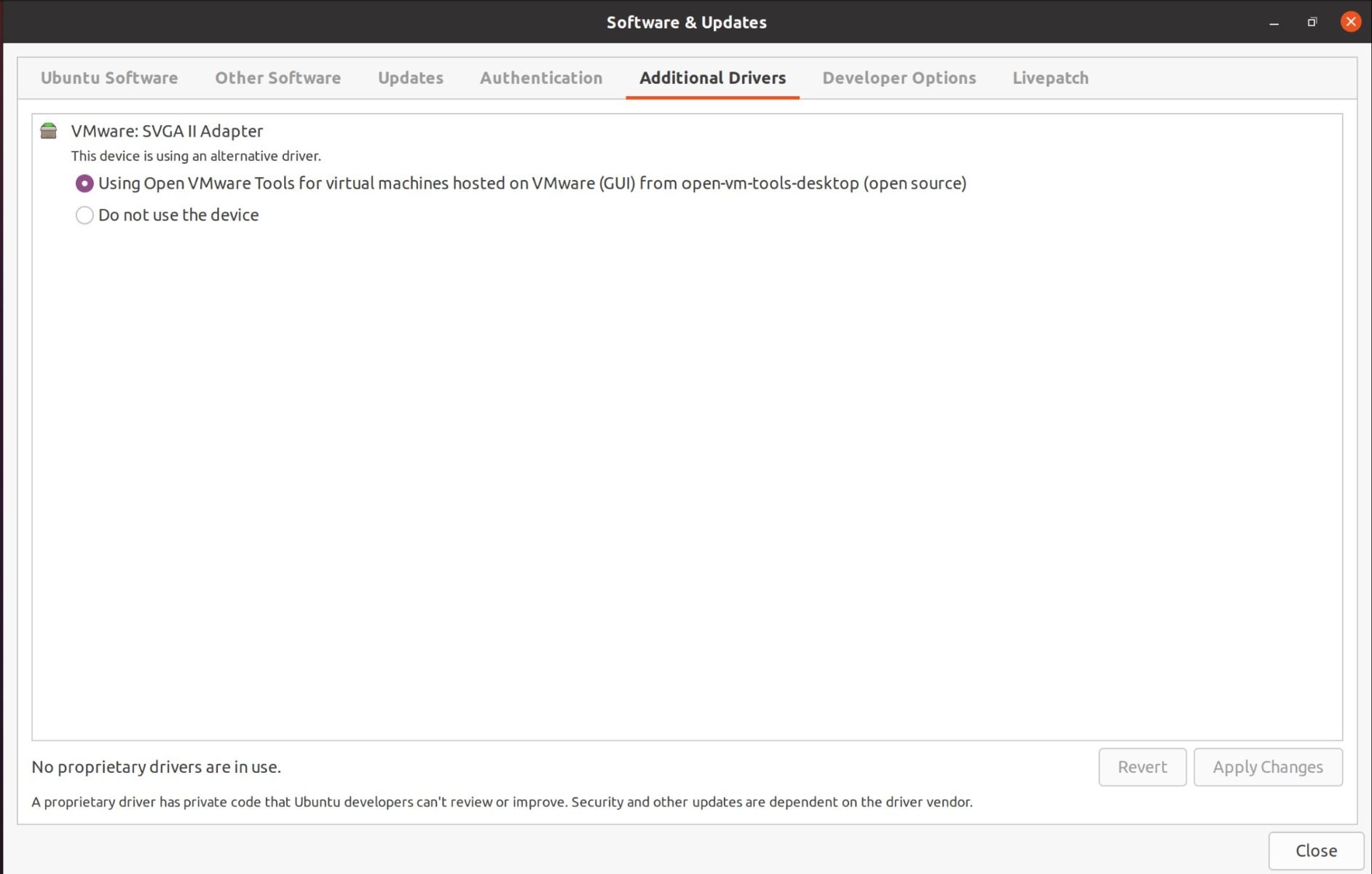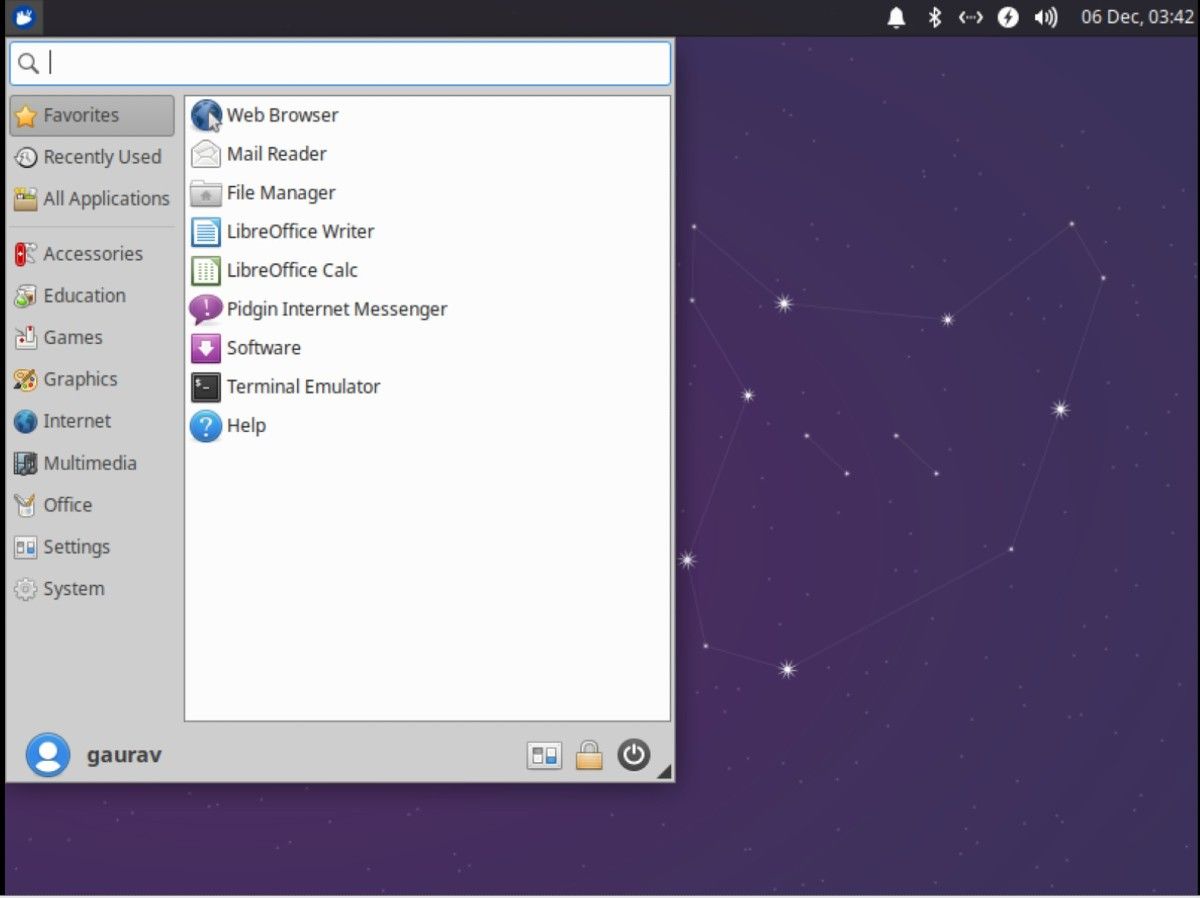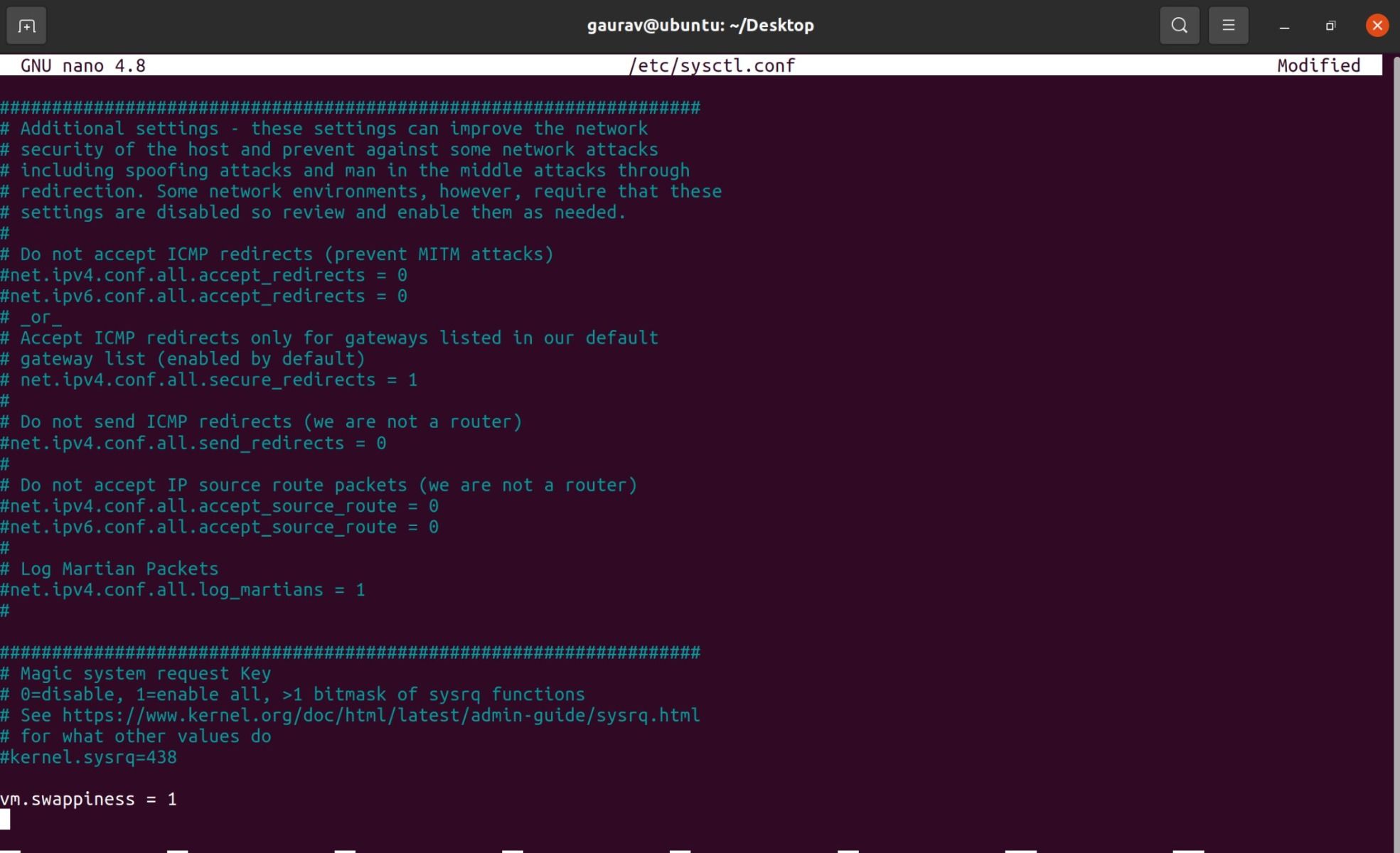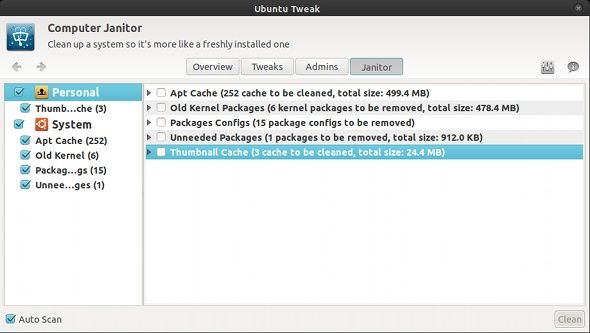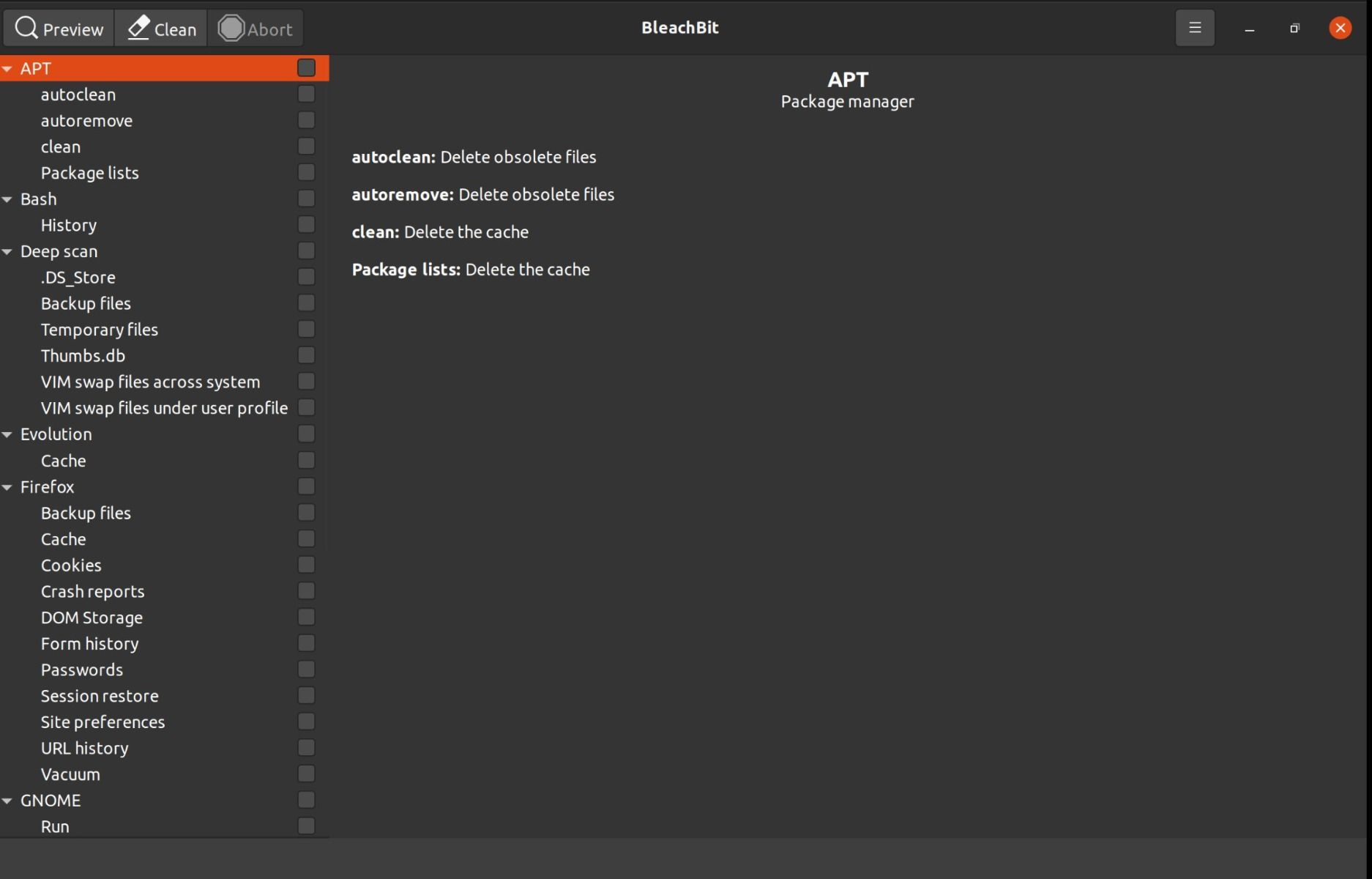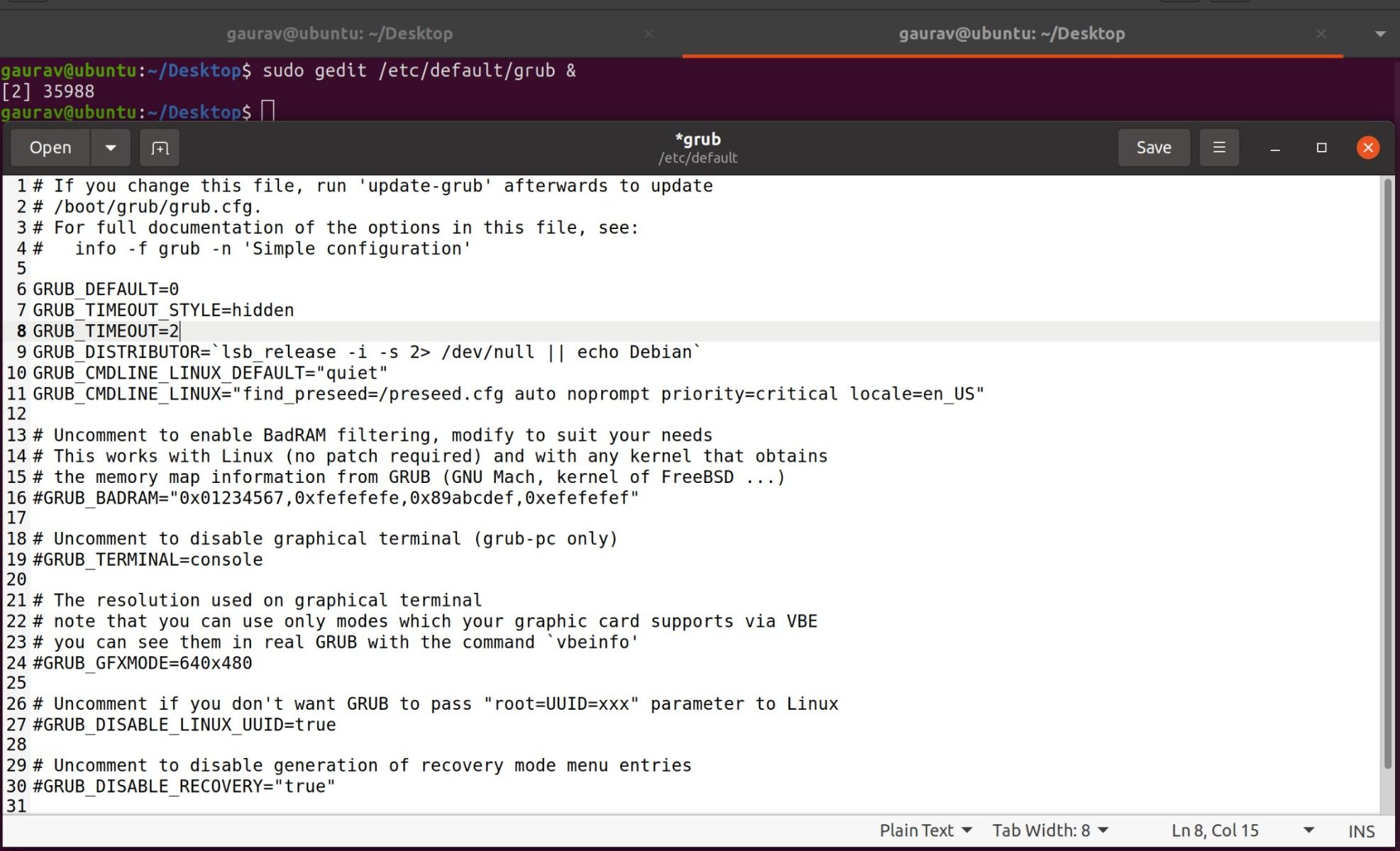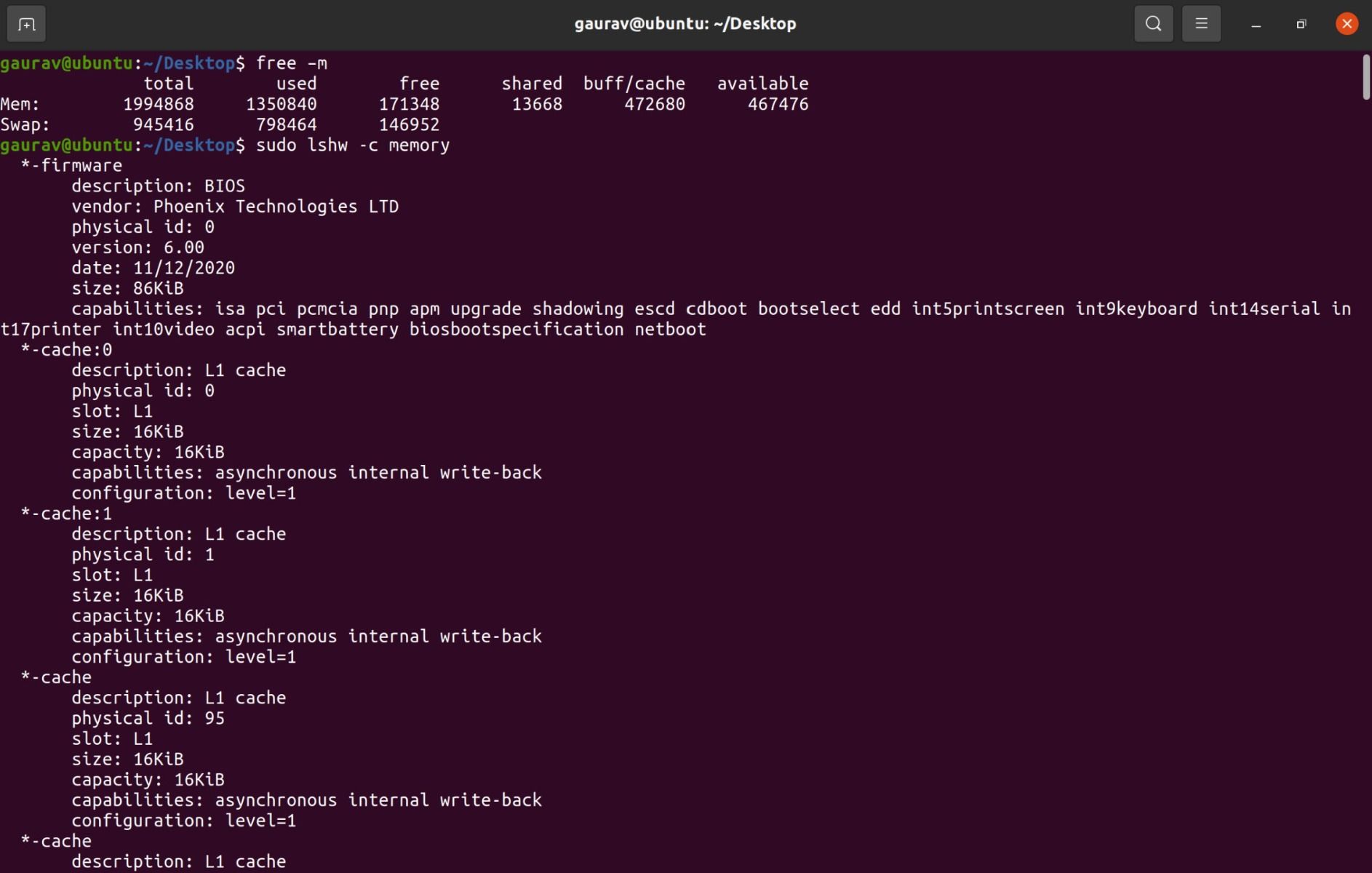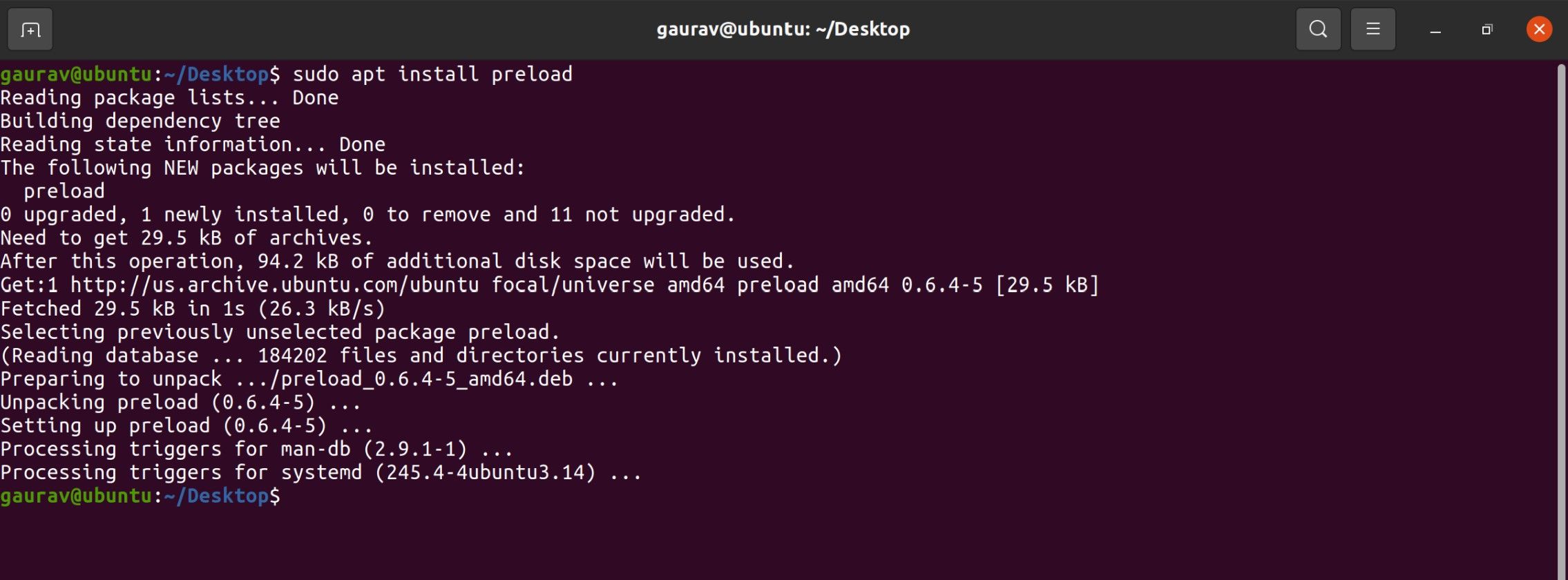If you're using Ubuntu, your computer is probably running at a pretty good speed, allowing you to do your tasks without time lapses. However, there are some circumstances when it's still not fast enough, or you'd like to squeeze out as much performance as possible.
If you are tired of waiting at your system's beck-and-call, and want a literal performance upgrade from your Ubuntu, then it is time to try these eight tips to get your Ubuntu system running at high speeds.
1. Manage Startup Applications
The first thing you can do is limit the applications which start as soon as you boot your computer. This step will reduce the amount of time your computer needs to boot, as it frees up RAM that other applications post-startup can use.
You need to check two places to disable specific applications from launching at boot. Open the Dash and type in Startup. This will give you the Startup Applications utility to add/remove/enable/disable entries. If the programs you don't want to launch at boot are in this list, you can disable them here.
If you don't see them, you'll need to open each application and go through the settings to find the appropriate control. You can also see videos of the Startup Applications utility in various distributions to look at how to add items. Still, it's easy to see how to disable items.
2. Enable Proprietary Graphics Drivers
If specific graphics-related tasks such as desktop effects or games are running slow, and you're using an AMD or Nvidia graphics card, you should try installing the proprietary drivers for those cards.
To do so, open the Dash, search for Drivers, and open the Additional Drivers utility. It will look at the hardware connected to your computer and then offer compatible, proprietary drivers for you to install.
You'll usually see multiple options for both AMD and Nvidia, so you should do the following:
- AMD users: Pick the option with fglrx-updates in parenthesis at the end of the description. Unlike the other option, this one will automatically update itself when a newer version is available.
- Nvidia users: Pick the latest version option as it'll be the newest driver available with the maximum features and best support.
Intel users don't need to worry about this because Intel's drivers are open-source; rest assured, there are no better drivers to install. This also means that you probably don't have issues with slow graphics performance (unless your CPU is weak or old).
3. Switch to a Lighter Desktop Environment
Ubuntu's default desktop environment isn't on the heavy end of the spectrum of Linux desktop environments. Nevertheless, there are plenty of other environments which are a lot lighter and use fewer system resources.
Alternative, lighter options include Xfce, LXDE, Openbox, and i3. Many other alternate options are out there, but these are among the most popular options and are worth looking at, especially if you need ideas.
4. Change Swappiness
Another good tip is to reduce the amount of swappiness on your system. Swappiness is a value ranging between 0 and 100. This range determines how likely your Ubuntu system will move something from the RAM to the SWAP partition on your hard drive. 0 is highly unlikely, while 100 is highly likely.
The SWAP partition is an extra space that the system can use if the RAM is full or something has been sitting in the RAM for a long time but isn't used. The system dumps the RAM contents into the SWAP partition when you hibernate your system.
If you have an SSD, it's better if you don't have a SWAP partition because it will create a lot of read and write operations that will diminish the SSD's lifespan. For users with traditional hard drives, a SWAP partition will work wonders.
It helps to reduce the swappiness value so that the SWAP partition isn't used as often; continuous reading and writing to/from the SWAP partition will block the rest of the system's operations.
To change this, open the Terminal and run
sudo nano /etc/sysctl.conf
In the text editor screen, look for the option vm.swappiness. Change the value to 1, as shown below.
vm.swappiness = 1
to the end of the file, which is safe because it's the only line in the file that isn't commented out. Normally, vm.swappiness is not defined in the file and is set to a default value. Restart your computer for the change to take effect.
5. Clean Out Junk
If you truly want to speed up your Ubuntu's processing speed, it may help remove unwanted files from your computer. This way, your hard drive won't take long to find files you need or to find free space for new files you want to save.
You can use Ubuntu Tweak, a practical cleaning tool to clean junk from Ubuntu. Their janitor tool is quite expansive and won't accidentally delete files you might need eventually.
Alternatively, you can check out BleachBit, which looks in a lot more places for junk removal. But it would be best if you choose the options that you need in BleachBit; otherwise, it may remove something you'll need later.
The list of files and locations is quite detailed in this app, so you can pick and choose the cleaning process and customize it as per your needs.
6. Removing GRUB Timer
GRUB is the default bootloader for almost every Linux distro; simply put, you need to edit your boot-up options to speed up the booting process. You can use GRUB to lower the waiting time to do your system's bidding.
By default, grub gives you around 10 seconds between dual-booting, recovery, etc. If you are comfortable using the terminal CLI, you can edit this time gap and change it for booting up quickly.
Open the terminal window and type in the following:
sudo gedit /etc/default/grub
In the ensuing text editor, change the value of GRUB_TIMEOUT from 10 to 2. This will change the booting time to 2 seconds for your machine.
Avoid putting in 0 here, as you will end up losing the chance to toggle between OS and recovery screens. Once you have made the change in the time value, you need to run the update-grub command, as follows:
sudo update-grub
7. Improve Your Machine’s Hardware
Most times, improving your hardware can enhance your system’s speed considerably. In this regard, your Ubuntu’s virtual memory (RAM) plays an essential role, as you need at least 2GB to run the machine smoothly.
Your PC has a set number of RAM slots available, which you can use to increase your virtual memory. To display the available amount of RAM in Ubuntu, type this command in the terminal:
free –m
To display RAM speed, use this command:
sudo lshw -c memory
As a precaution, avoid installing the memory chips on your own, until and unless you are a DIY enthusiast. Some professionals would gladly do this for a small fee.
8. Use Preload to Enhance Applications Sourcing
Preload, as a daemon, runs in the background and tracks the usage statistics of some of the most frequently used applications. Preload auto-loads the files depending on the results, thereby sourcing them for use.
This daemon learns and records the user’s binaries and libraries so that the applications can load faster. For example, suppose you open Firefox and LibreOffice often. In this case, Preload will automatically load the start-up files into its memory at the time of start-up to enable faster processing for you, as the end-user.
To install Preload on Ubuntu, you can use the basic install command as follows:
sudo apt install preload
The most significant advantage of using Preload is that the waiting time for your frequent applications is reduced drastically, as you don’t need to wait for your applications to work their magic from scratch.
On the flipside, Preload draws its power from your RAM, as it relies on your memory usage patterns. If your system’s memory is less than 8GB or your usage pattern is erratic, it might be best to skip using Preload. This is advisable as the application's functionalities directly affect your system’s virtual memory.
Improving Ubuntu's Performance
The above eight tips are relatively easy ways in which you can crank up your Ubuntu system's performance. After trying out all of them, you should be able to realize your computer's full potential.
Out of all of these tips, take a good luck at which desktop environment you want to use, as you'll see some of the biggest general improvements from there. Regularly cleaning out your system's junk files and keeping your system up-to-date will have a good impact on your Ubuntu's processing speeds.


